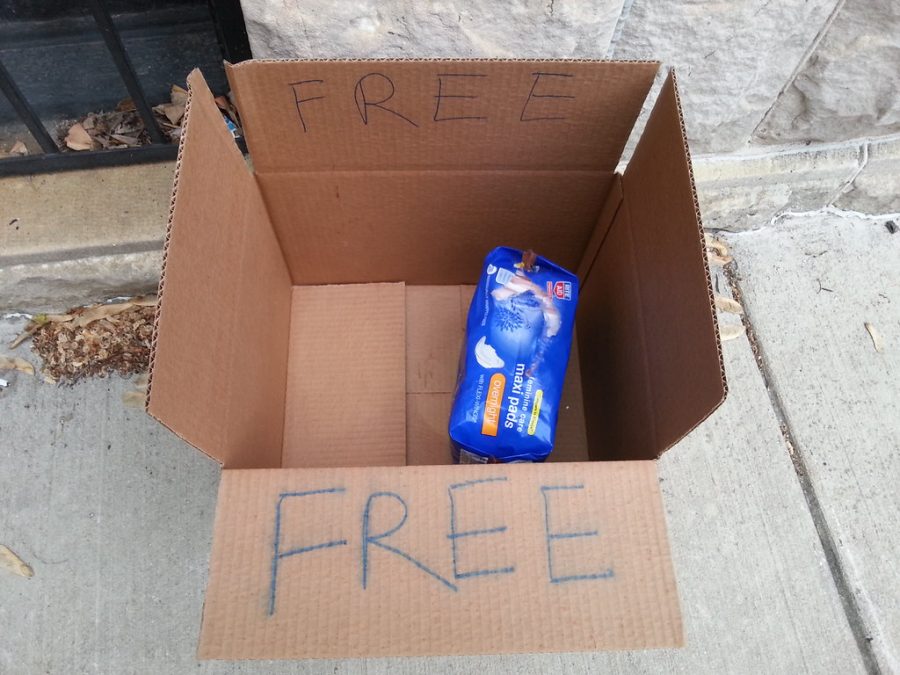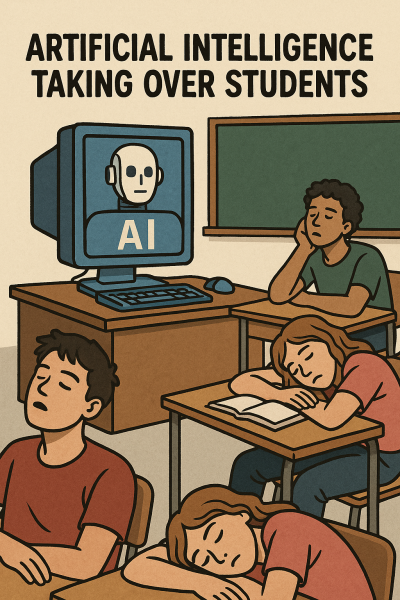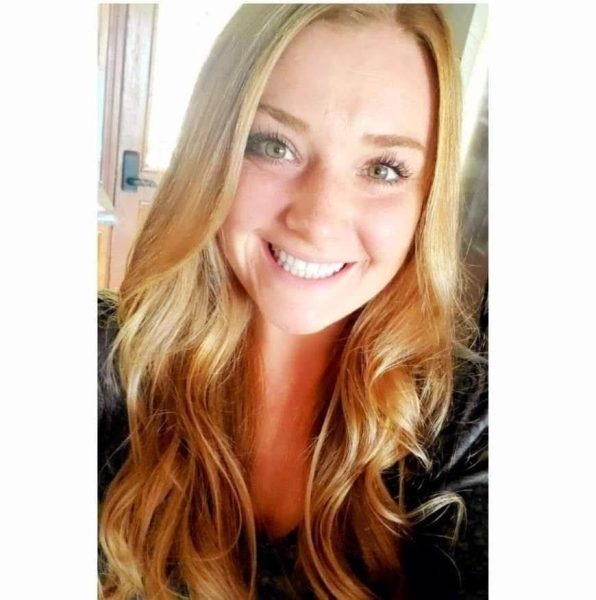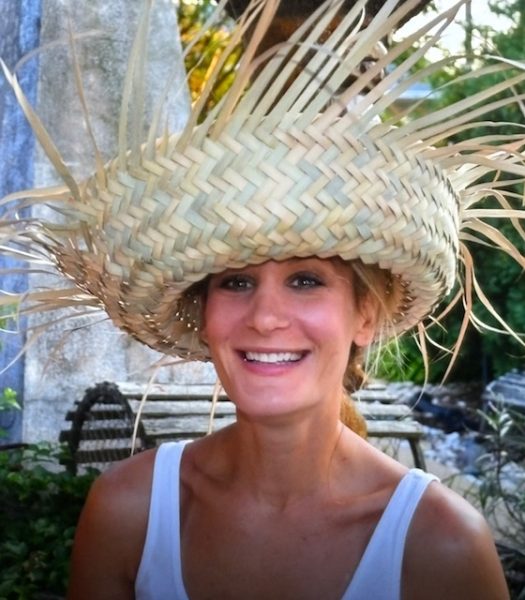Make Female Hygiene Products Free
Free Feminine Hygiene products would enable women from embarrassing situations and more.
Menstruation is not a choice, so why should we have to pay for it? Every female across the globe is faced with the same issue monthly, something men will never have to put their bodies through. Some even argue that if men went through menstruation, these products would have been free ages ago. Each year, women spend hundreds of dollars on these products, some even have to go on a strict budget to afford them. So if the government is spending trillions on health care, why isn’t it spending money on things that are essential to every woman’s health?
The average amount a woman spends on tampons and pads a month is about $20. Which seems cheap, however, if you add it up, women are spending almost $300 a year on these supplies. In a survey done by the New York Post, “Sixty percent of respondents admitted to budgeting in order to afford sanitary items.” The average menstrual lifetime lasts for 32 years, which means women on average are spending $6,360 on period products. In the same survey, 49 percent of women found that they have faced a lack of access to sanitary products. One could argue that if you have to pay for tampons, you should have to pay for toilet paper. But are you expected to carry around toilet paper all day like you are tampons? “For employers and schools to provide pads and tampons in bathrooms, it would cost about $4.67 per female student and employee. So for the cost of a coffee from Starbucks, companies can ensure the safety of their female employees,” says hercampus.com. .‘Period poverty’ is a worldwide struggle, and can be easily fixed having these resources be free and governmentfunded.
Not having period products available to women can actually be detrimental to their health as well. If someone is menstruating and does not have access to the products they need, they often keep in the product they were using for hours, even days at a time. This can cause illnesses, diseases, and in the worst cases, toxic shock syndrome, which can lead to total paralysis below the waist. When women first begin menstruation, they are at a young age (usually 12-14), and getting your period for the first time at that age can be scary. If you’re in school or an area that your not necessarily comfortable with, finding resources isn’t easy. If schools and other buildings had feminine products available for women, the fear of menstruation would be eliminated.
Feminine hygiene cost women hundreds of dollars every year and some can’t even afford it. Having the government pay for menstruation products would benefit women’s health across the world and stop the world wide ‘period poverty’ that millions suffer from.

Hi! My name is Katherine Quigley. I am a senior at Triton High School. I play varsity softball and volleyball. I enjoy hanging out with my friends and...










